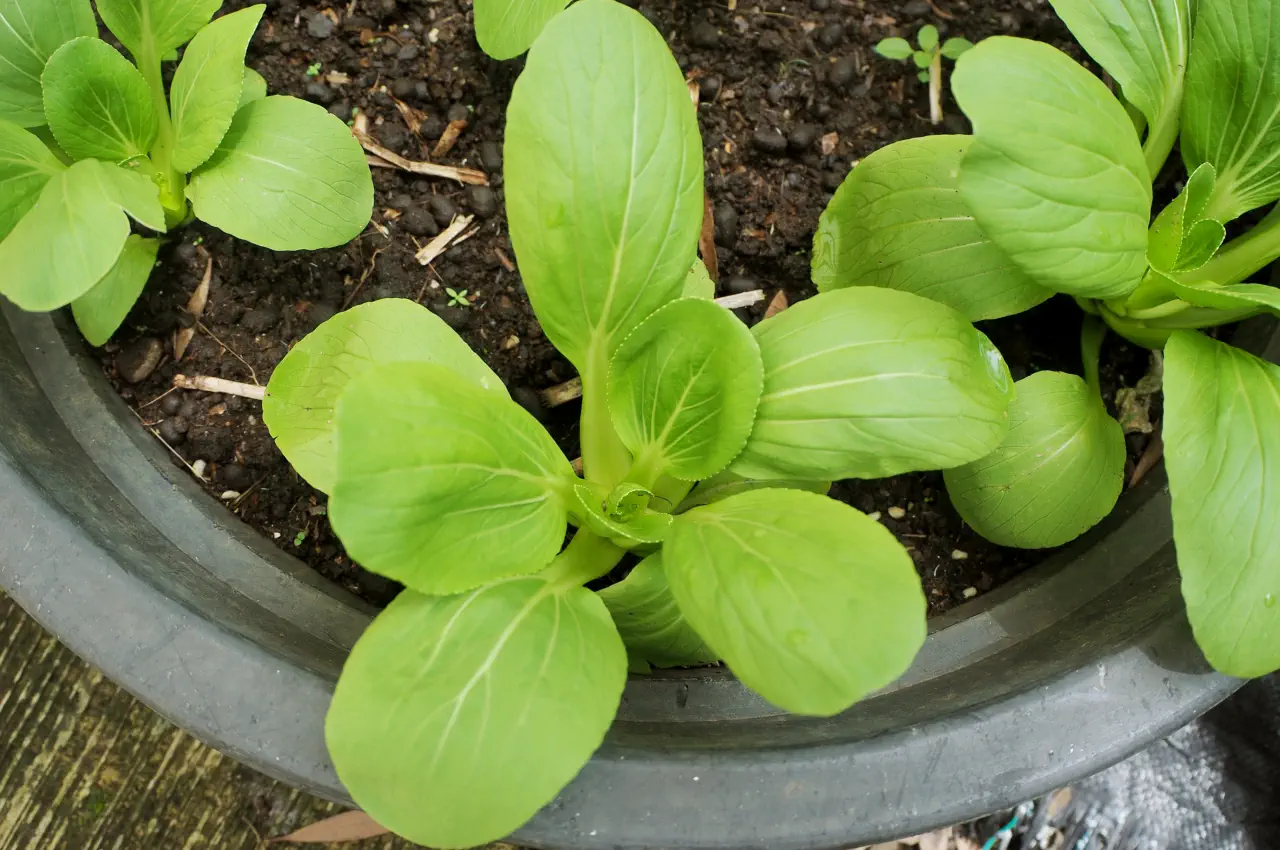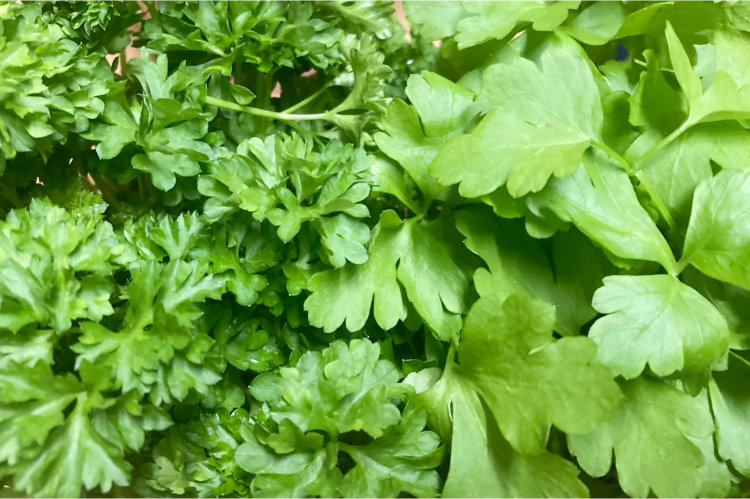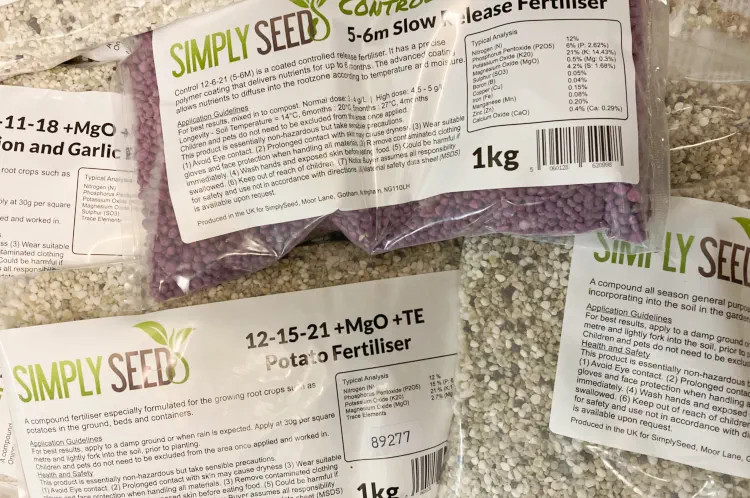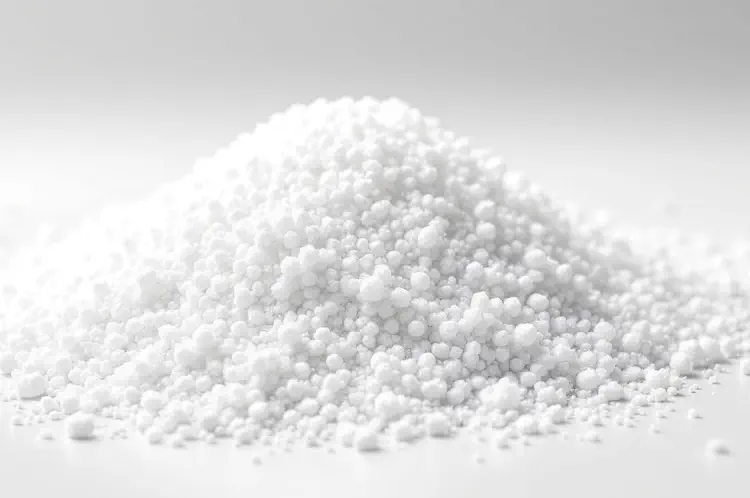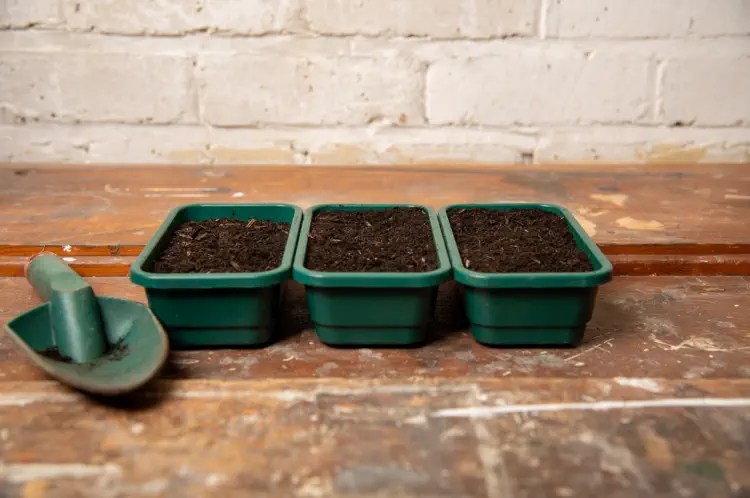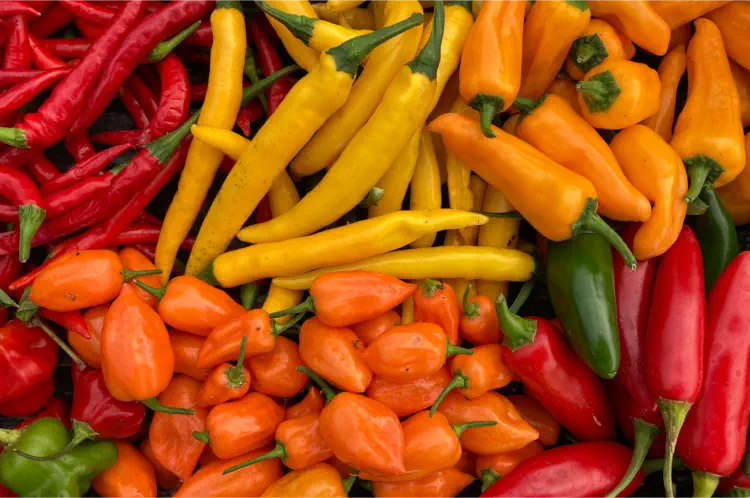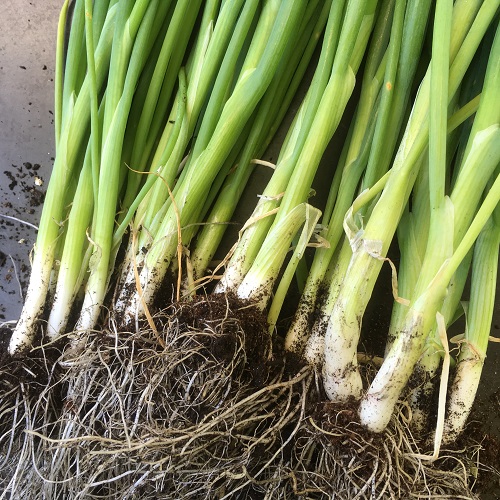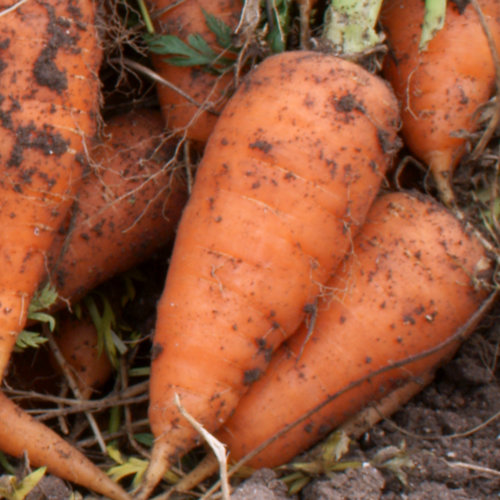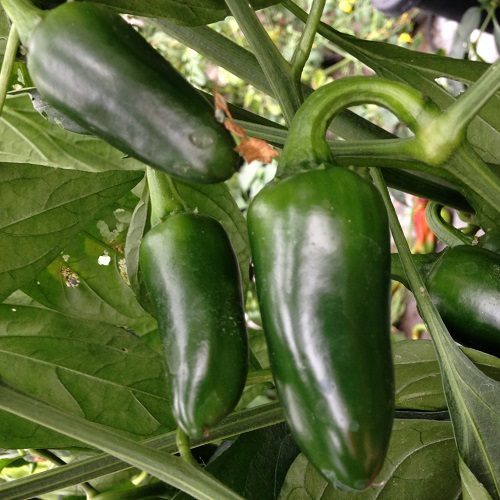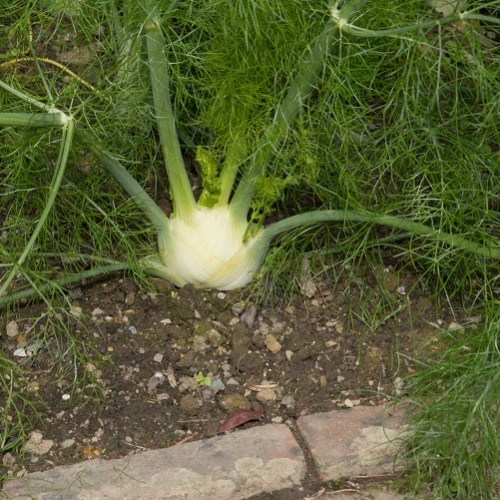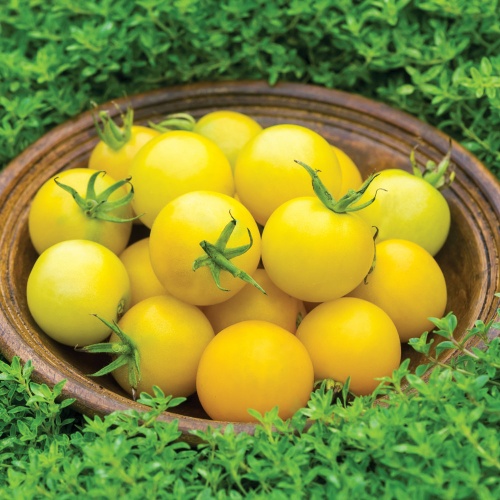Pak Choi is grown for its tasty leaves which are superb when added to stir fries and salads. The taste is similar to that of mild cabbage and spinach and is a popular addition to many oriental dishes. There are several varieties available including Pak Choi Mei Qing Choi, and Pak Choi Goku together with the striking Pak Choi Red with its dark red or purple leaves - these are best grown for full heads.
For growing baby leaf for salad use, see Pak Choi Colour Crunch here: https://www.simplyseed.co.uk/salad-leaf-seeds/salad-leaves-pak-choi-colour-crunch.html
Seed sowing
Sow the seeds indoors in pots or modular trays during April and May or outdoors from June onwards. Sowing indoors will give the plants a head start. Sow the seeds on damp compost and lightly cover with fine sifted compost. The seedlings will be ready to plant out into their permanent positions from the end of May. If required you can repeat the sowing process throughout the summer months for a continuous supply.
Growing in pots
Pak choi are best grown outdoors in beds rather than in pots or containers. They are a cool climate plant and will bolt (run to seed) if they are exposed to excessive heat or are allowed to dry out.
Growing in beds
For outdoor growing, ensure the soil is free draining and well prepared incorporating plenty of organic matter. Sow the seeds thinly in shallow drills and cover lightly with soil. Water the drills with a watering can using a fine rose attachment. Thin out the seedlings or transplant to 20cm apart. Plants grown under cover in pots or modular trays can be transplanted outdoors after all danger of frost has passed. Keep the plants well watered and shade in hot conditions.
General aftercare
Water and shade are the main requirements to prevent the plants from prematurely flowering and going to seed. Remove any weeds as they appear and remove any leaves that show signs of yellowing.
Pests and diseases
Unfortunately, pak choi are susceptible to many of the pests that also attack many other brassicas. For this reason, it’s a good idea to keep them away from cabbages and cauliflowers, sprouts and broccoli. However pak choi are quite fast growing in comparison, so the usual pest problems will be short-lived. Check the plants regularly for cabbage white butterfly eggs or aphids and remove. They are also prone to club root so don’t plant in known infected areas. Select virus resistant varieties from a trusted seed merchant.
Harvesting and storage
After about 30 days the baby leaves will be ready for picking for salads. In about 45 days the plants will be mature enough to harvest completely and used for stir fries and other dishes. Cut the plants cleanly at ground level with a sharp knife. Plants can be harvested right up to the first frosts. During mild winters they can still be harvested right up to December. Pak choi leaves will keep in a fridge for about 3-4 weeks and can be frozen for up to 4 months.

